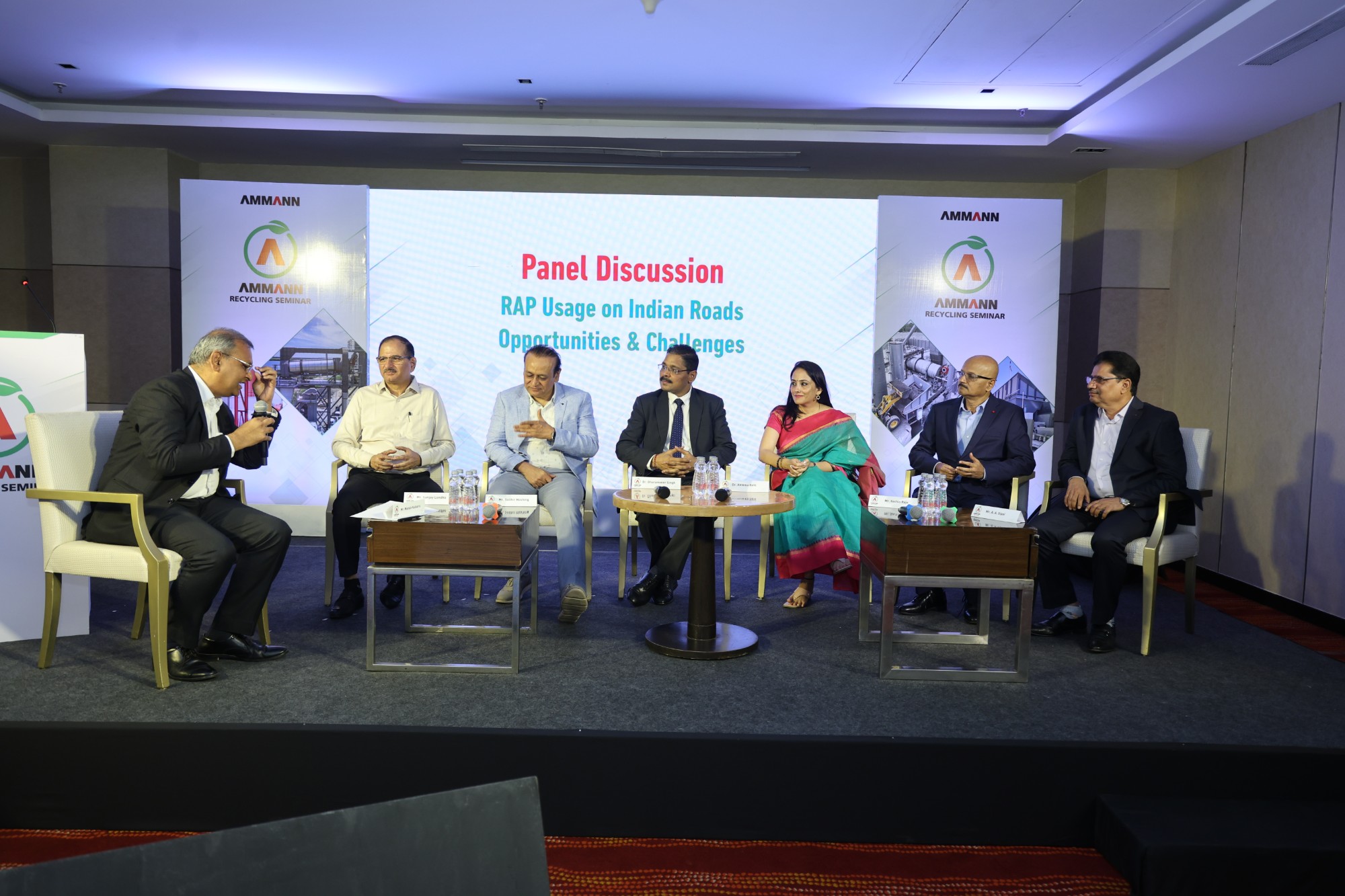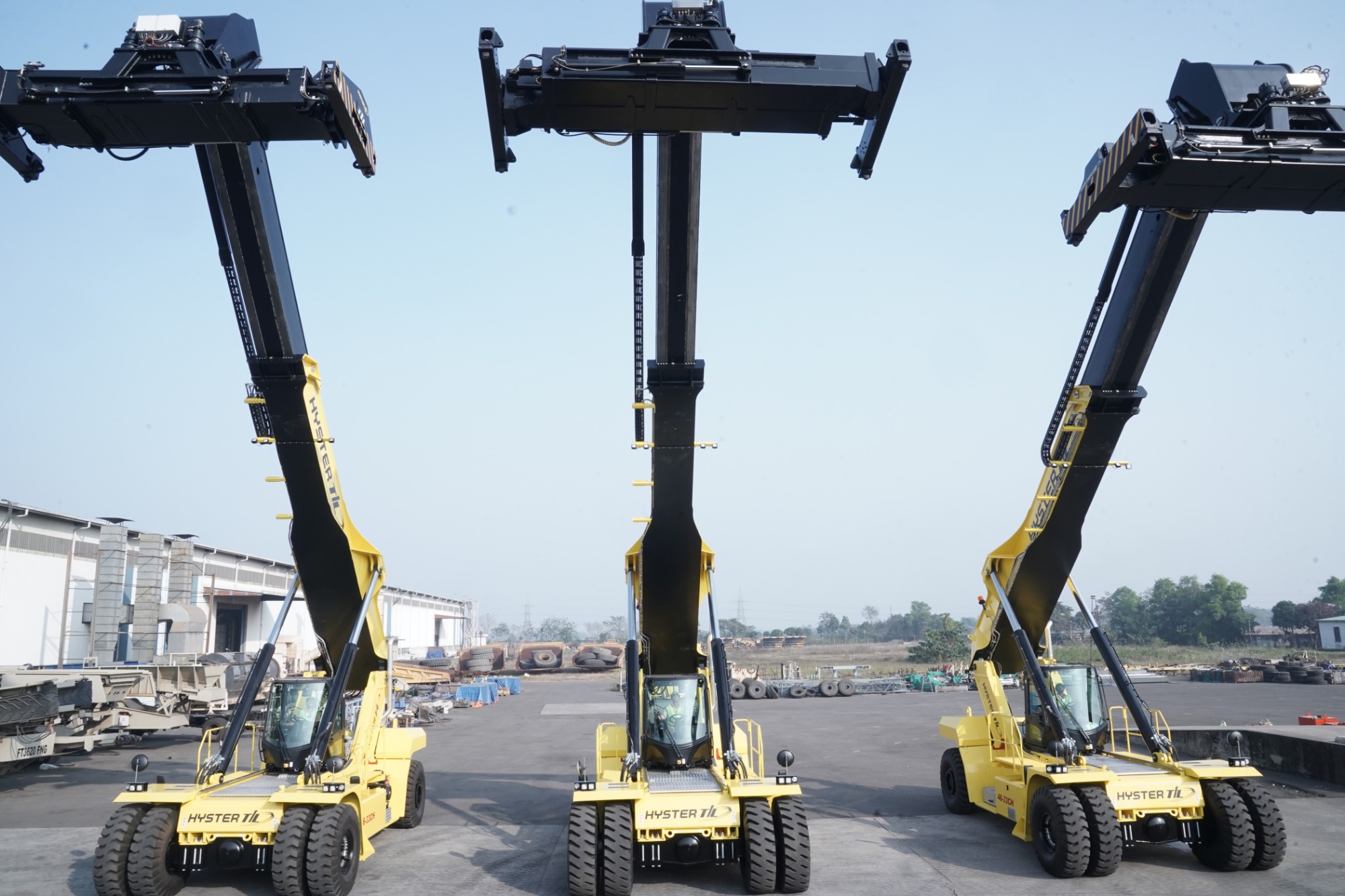Sand is the new Gold
By Edit Team | November 22, 2016 9:34 am SHARE

Artificial sand is being held up as a good substitute for river sand.
According to the Geological Survey of India (GSI), riverbed mining causes several alterations. These alterations may lead to severe impacts on the physical characteristics of both, the river and the riverbed. The impact can damage the ecological equilibrium of the river and damage the plants, animals and riparian habitats. The GSI has issued guidelines to address the massive damage that riverbed mining can cause, including lowering the groundwater table in a floodplain. Excessive pumping out of groundwater during sand mining, especially in abandoned channels, generally results in depletion of groundwater resources causing severe scarcity and affecting irrigation and potable water availability.
The National Green Tribunal (NGT) issued a restraint order against all sand mining activity being carried out across the country without environmental clearance. Let’s take a look at what the experts think on sand being the new gold.
Increased usage of artificial sand
Niraj Bhatia, General Manager – Commercial, Luxora Infrastructure Pvt. Ltd says, “In the beginning, natural sand was always preferred over artificial sand since it was easily available on river banks and due to its smoother texture and better shape, it demanded less water. However, due to extensive sand extraction from river beds and creek beds and due to the supply chain issues in procuring good quality natural sand, developers had no choice but to adapt the alternative i.e. artificial sand.”
He further adds, “It is not only the illegal mining but the result of the activity it posed an ecological threat to the environment, eco imbalance, reduced ground water levels and rivers getting dried up in addition to weakening of structure of bridges by illegal sand dredging thereby causing soil erosion at the foundation of bridge piers. The central government has imposed a blanket ban on sand mining across the country. With no other option left with the developers, they had to turn towards an alternative to natural sand i-e artificial sand (M sand or manufactured sand) since it was artificially manufactured in a factory.”
As per Pakshal Sanghvi, Director, Sanghvi Realty, artificial sand is one of the best solutions for developers. He says, “Natural sand is limited and at a certain point it will be exhausted. In contrast to natural sand, manufactured sand is produced by passing boulders and stones through a series of jaw and cone crushers for size reduction and then fed into vertical shaft impact crushers where they are pulverized further to the size of sand. At present, the artificial sand is nearly 50 per cent cheaper than river sand. The artificial sand is also considered stronger as compared to natural sand as it is created from boulders and stones.” This makes Sanghvi feel that artificial sand works as better bonding agent in construction. The use of artificial sand in construction can be termed as a step towards evolution of real estate.
He further adds, “Sand mining is the process of the actual removal of sand from the foreshore including rivers, streams and lakes. Sand is mined from beaches and inland dunes and from ocean beds and river beds. But sand mining is majorly done for providing cheap sand for construction of buildings. It harms the ecological system and creates shortage of sand.”
When asked about the increased usage of artificial sand, R S Raghavan, Managing Director, Proman Infrastructure Services Pvt Ltd said, “Manufactured sand has consistent quality and it is the only alternative to the depleting river sand. It has great advantage from cost point of view and it is very environment friendly.
Is artificial sand a viable alternative?
Speaking about the usage of artificial sand as an alternative, Bhatia says, “Cost-wise, natural sand commands almost double the price than that of artificial sand. However, the cohesive strength, design mix in natural sand is better compared to artificial sand. Water consumption is approximately 30 per cent more in crushed sand compared to natural sand.”
Initially, artificial sand, with certain drawbacks such as angular and relatively rougher structure which demanded more water and water demand had to be compensated with cement content. It was completely dry with zero per cent water content which was not good for concreting purposes. Moisture was available only in water washed artificial sand but it came out to be an excellent alternative to natural sand.
Bhatia further added, “Artificial sand imparted higher concrete strength compared to river sand used concrete. Silt content was nil whereas natural sand had silt content varying from 5 per cent to more than 10 per cent in some regions. Minimum permissible silt content is less than 3 per cent for a good quality concrete, greater than that is harmful for concrete durability. Since artificial sand was manufactured in a factory, it contained material of a uniform sizes which led to lesser wastages whereas natural sand contained 10 per cent to 15 per cent of oversized materials in the form of pebbles and stones. It also contained other impurities such as grass clay lumps etc which led to more wastages. Artificial sand was produced from natural coarse aggregates therefore it posed lesser damage to the environment as compared to natural sand.”
Probability of adulteration is less in case of artificial sand than its natural counterpart with its high probability of adulteration since sand containing high silt content is mixed with it to meet high demand and lesser supply. It is for sure that supply shortage always brings adulterated products to the market.
Bhatia also spoke about the benefits of artificial sand. He said, “Since artificial sand is manufactured in a controlled environment, better quality of material could be achieved as compared to naturally occurring river bad sand with silt contents. However, from an aesthetic value it cannot beat natural sand as cement concrete with artificial sand is more prone to cracks and seepages compared to natural sand. It takes more time to achieve optimum strength of concrete having crushed sand than natural sand.”
According to Sanghvi, artificial sand costs less as compared to natural sand. “Artificial sand is preferably used for creating mixture for bonding bricks. Natural sand needs to be used for plastering as it provides smooth finish. There are a number of mix designs are developed for different grades of concrete based on IS, ACI and British codes using natural sand and artificial sand. The strength properties of concrete, created using artificial sand are nearly similar to the conventional concrete. Hence artificial sand hardly causes changes to existing construction practices. In fact it only proves to be beneficial, by cutting down on construction cost,” says Sanghvi.
He further adds, “Also, it helps to arrest the detrimental effects on the environment caused due to excessive mining of river sand. Since natural sand is almost equivalent natural sand, the aesthetic value of construction is not compromised.”
Raghavan feels that manufactured sand, if produced by a properly designed plant with the right VSI will be of consistent quality. He says, “The cost of manufacturing of manufactured sand is much lesser than the sourcing and haulage and cartage cost of the river sand from the river bed to the specific destination.”
Innovative solutions
Speaking about the advantages of artificial sand Pakshal Sanghvi says, “Illegal sand mining only provided a temporary solution to developers. One needs to understand that artificial sand is best economic and environment friendly substitute for natural sand. It will also boost economic activity in sand manufacturing sector. The rise in awareness regarding benefits of artificial sand will lead to gradual shift in demand for natural sand. This will ultimately lead to taper illegal mining activities. The responsibility lies with developers. They can discourage illegal sand mining activities by preferring artificial sand over natural sand.”
As the artificial sand is gaining acceptance due to their improved quality and increased availability, crushing and screening players are innovating their product ranges.
Raghavan shared about the solutions that Proman Infrastructure Services Pvt Ltd offers. He said, “Proman has a state-of-the-art factory in Bengaluru, for manufacturing crushing, screening and sand washing equipment for supply of aggregates and sand to quarry and minerals sectors. Proman manufactures Vertical Shaft Impact crushers in collaboration with REMco, USA who are leaders in reduction technology. PROMAN-REMco machines produce cubical, well-graded, sound, mid-range aggregates, specification sand and other fine sizes.”
He also says, “At Proman, we manufacture crushers which produce manufactured sand. Manufactured sand which is produced by crushing aggregates has a tremendous demand as well and Proman is one of the world leaders in the above segment. Proman’s USP is to provide innovative crushing solutions with our collaborations in technology from world-class crushing and screening equipment.”
Cookie Consent
We use cookies to personalize your experience. By continuing to visit this website you agree to our Terms & Conditions, Privacy Policy and Cookie Policy.



































-20240213125207.png)

























